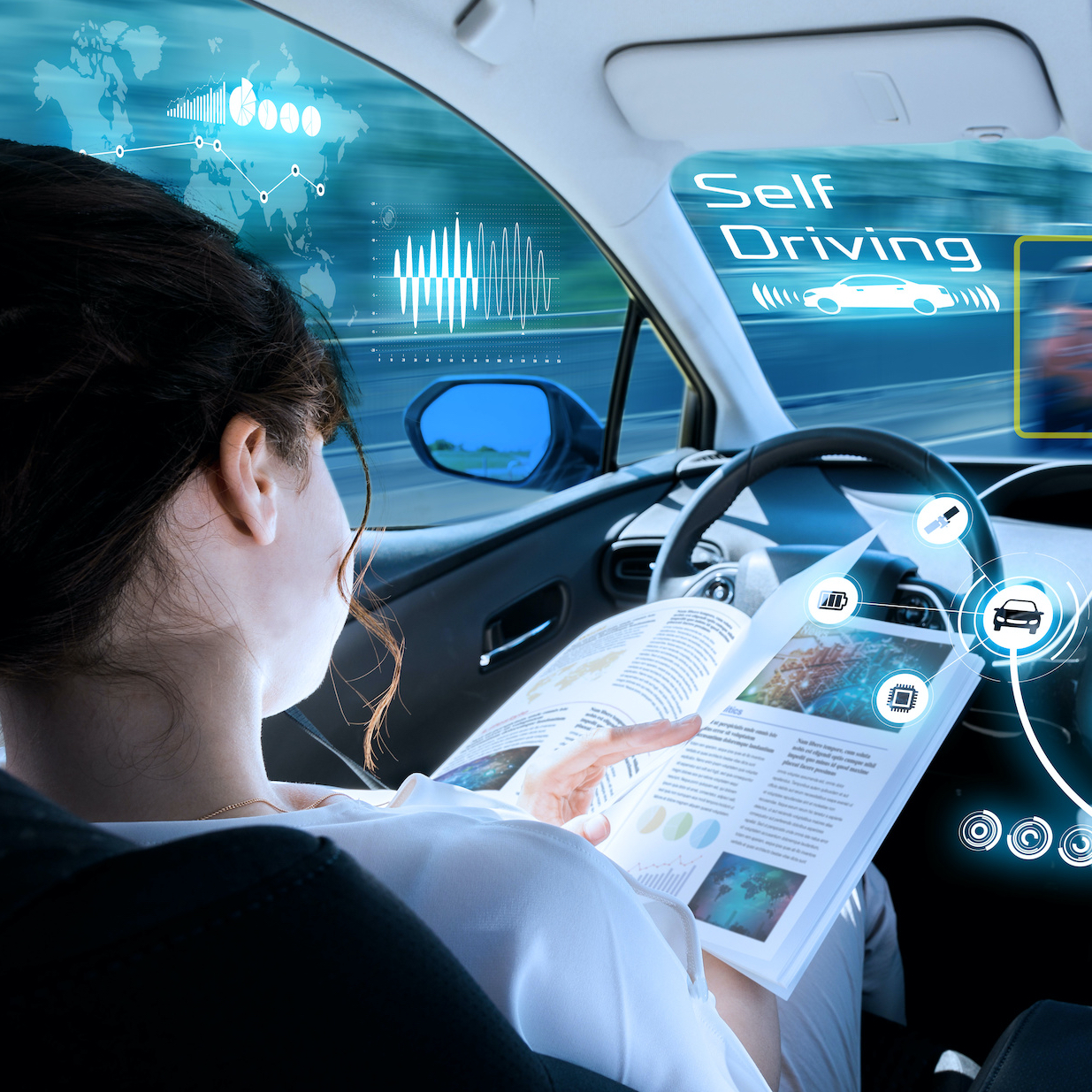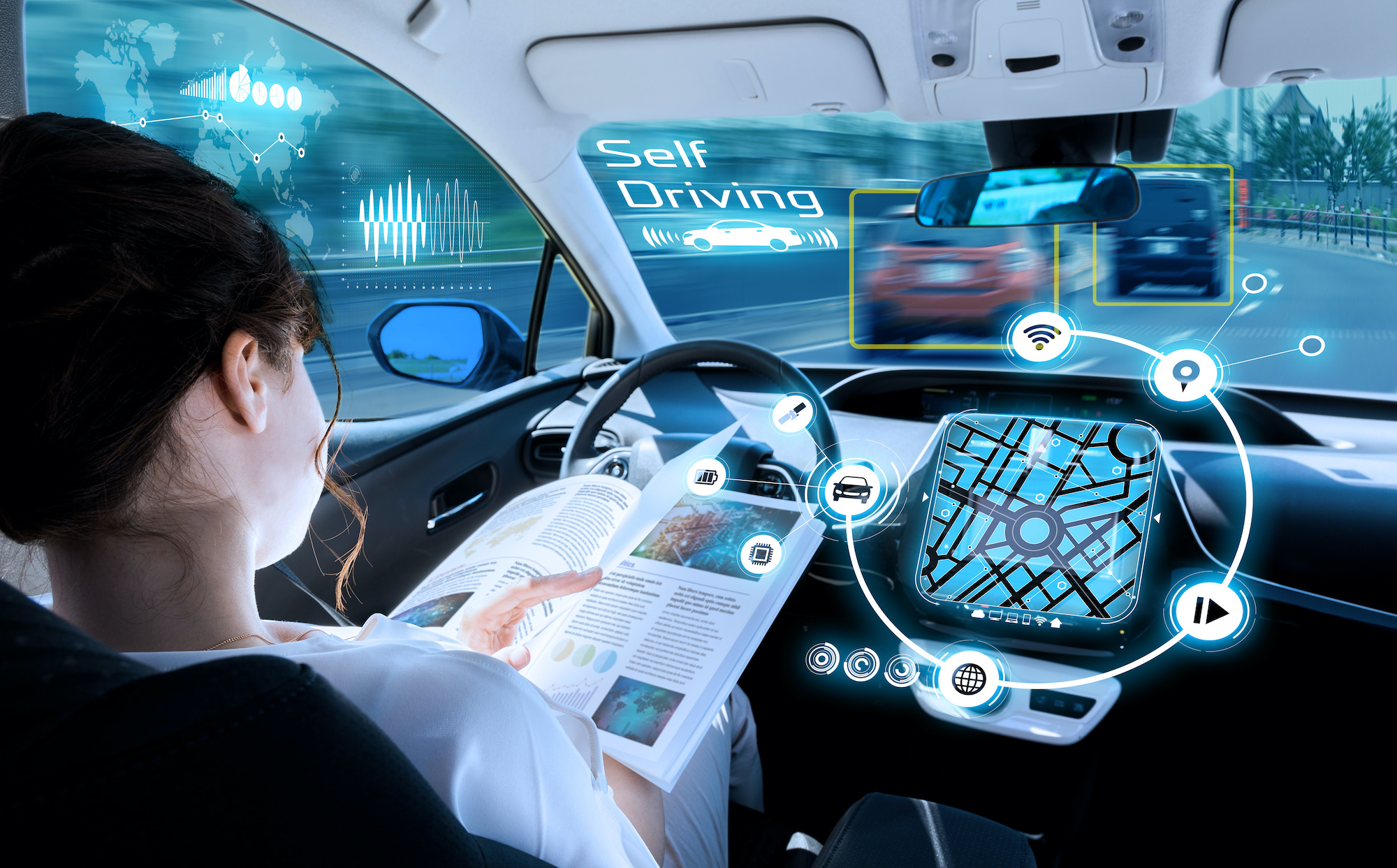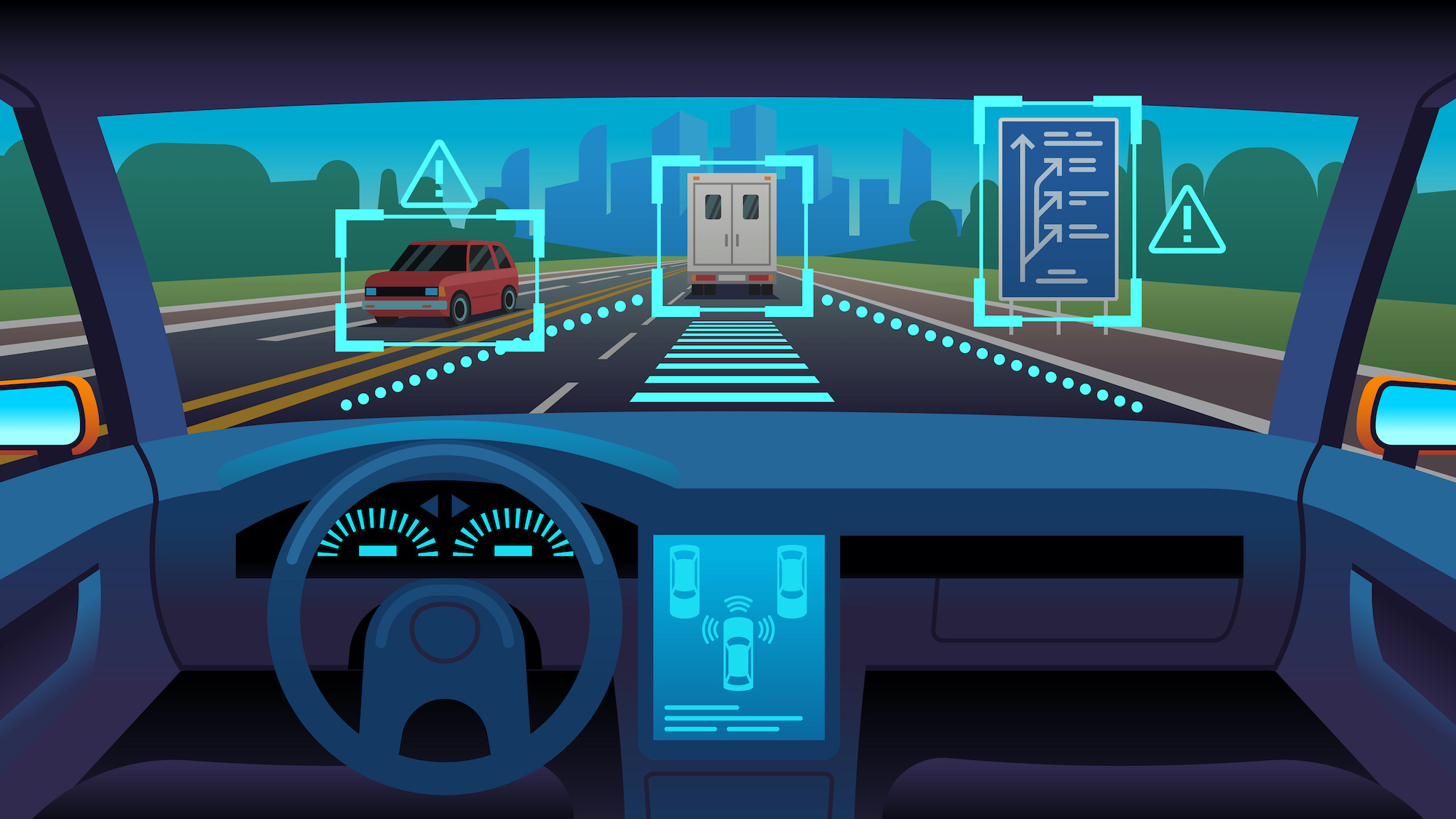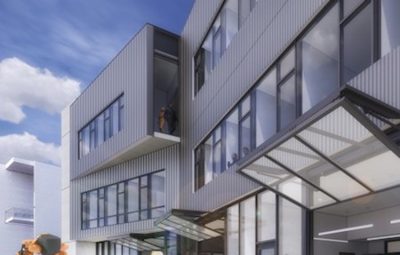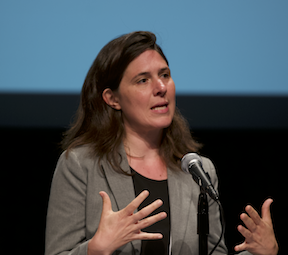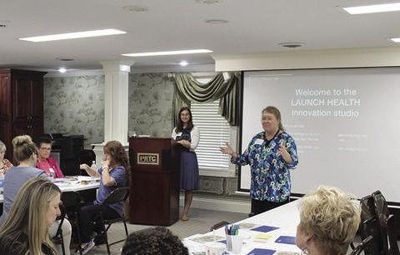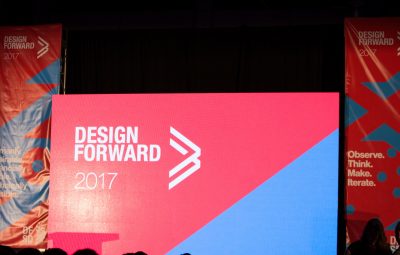Colleen Emmenegger, Head of People-Centered Automation at The Design Lab, was recently the recipient of a $50,000 grant from Ford Motor Company. The grant was awarded for her work regarding how drivers can understand, negotiate, and manage shared autonomy with their vehicles in a way that is accessible and easily translatable.
“We’re trying to figure out if you can build a contract with the driver and her automated vehicle co-pilot so the driver knows exactly what they need to do and what the system does,” says Emmenegger. “We’re trying to build something that explicitly and continuously communicates, and that doesn’t act as an invisible ‘controlling entity’ of the car. A system that provides dynamic, yet constant feedback to the driver and not sudden, startling warnings.”
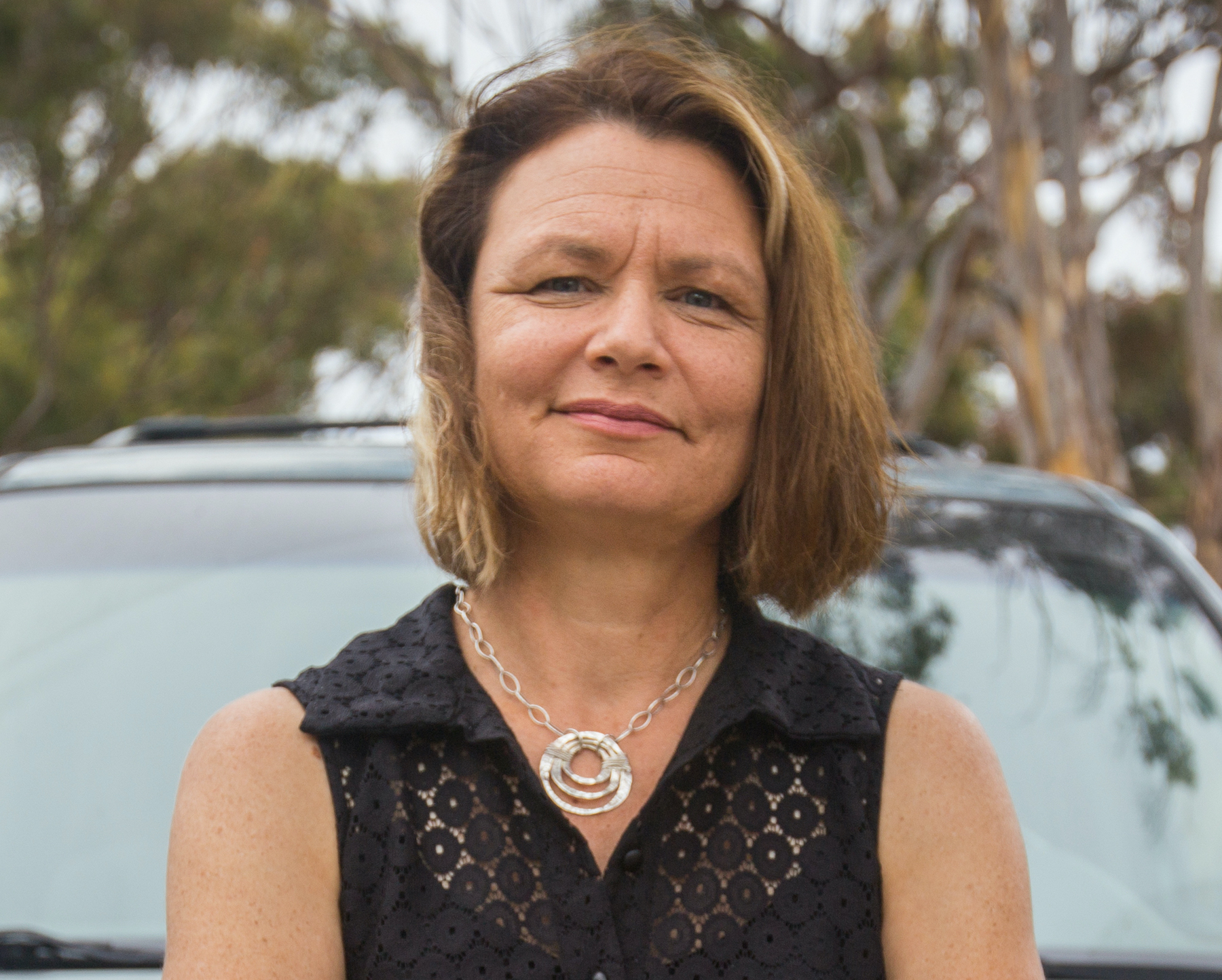
Colleen Emmenegger, Design Lab Head of People-Centered Automation
In 1990, Emmenegger graduated from the first batch of Cognitive Science students from UC San Diego. She initially pursued degrees in marine biology and mechanical engineering before discovering cognitive science during a class jointly taught by Ed Hutchins and Don Norman, which introduced her to a world where engineering and human behavior intersected. Now, Norman is her project partner. “I never thought I’d end up working with him, or working at UCSD,” says Emmenegger. “I really came full circle.” After graduation, she worked as a programmer, received her M.S. in Human Factors from the University of Illinois, Urbana Champaign, and went on to work in the aviation industry before being bought into the Design Lab by Hutchins, who invited her to join one of his projects.
A key element to Emmenegger’s shared autonomy approach is that the driver is in control of the automotive vehicle in an accessible and simple way. Her research reimagines the automotive process as teamwork between co-pilots: the human driver and the AI. “It looks at the driver and the car as though they are two team members working towards a shared goal,” she says. “Additionally, the communication or negotiation between the co-pilots goes beyond the notion of human machine interaction to the development of a co-pilot relationship.”
The project also works to establish a uniform system between cars so that the driver is not confused by differences between car models. “In the aviation industry, there’s something called ‘mode confusion.’ It’s when pilots make assumptions about what automated systems are engaged at any given time, and incorrect assumptions can lead to serious problems,” Emmenegger explains. “I’ve seen this happen many times in the automotive car industry for regular drivers, who don’t even have the training to deal with such stressful conditions, unlike pilots.”
According to her research, there is a growing sense of uncertainty and confusion amongst people as their cars become more automated. As different companies continue to produce their own versions of automotive vehicles, it is important that they maintain systems that are consistent and easily translatable.
Partnering with Ford has greatly enhanced Emmenegger’s research. “There is a lot of richness that comes from working with [Ford],” she says. “They help us understand the industry, its market pressures, strengths, and limitations, which ensures that there isn’t a disconnect between us, the designers, and the people who are actually using the system. Their contribution to the research has been incredibly beneficial for our work.”
The company’s approach to collaboration has also fostered an engaging research environment. “When you work with an industry partner, they can have different ideas for the project than what you and your team have,” Emmenegger explains. “But with Ford, they are incredibly clear with their communication, which helps my team to identify the right questions.”
Through Ford’s generous grant, Emmenegger will continue her work in making the driving experience more enjoyable and accessible for all. “I want to make the driving experience more fun,” Emmenger expresses. “I think we should inject a little more enjoyment in our lives and design our systems to include it.”
